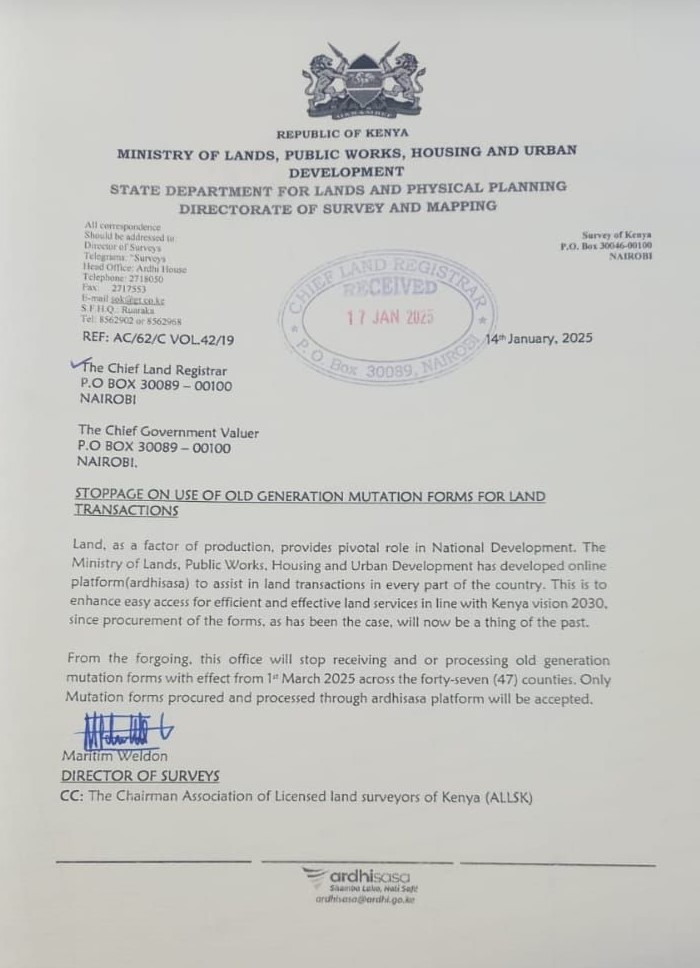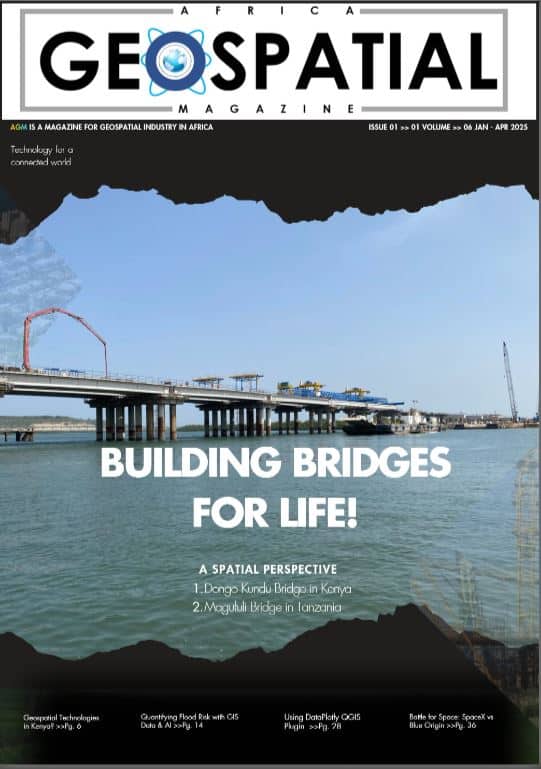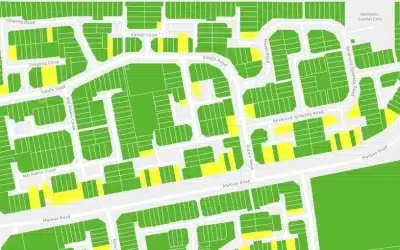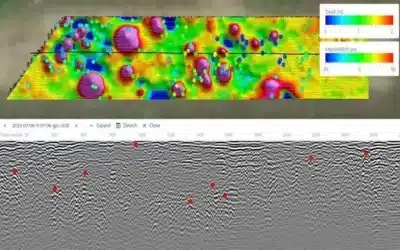About Ardhisasa platform
Ardhisasa is Kenya’s digital and online platform for land administration and management. It was introduced by the Ministry of Lands Public Works, Housing and Urban Development to enhance efficiency, transparency, and security in land transactions. It was launched in 2021 to replace Kenya’s historically manual, paper-based land processes, which were often marred by delays, fraud, and corruption.
Ardhisasa integrates all land-related services including title registration, land searches, valuation and transfer of ownership into a single online portal accessible to citizens, investors, and government agencies. By leveraging advanced technologies, the system ensures accuracy in land records and offers real-time updates hence making it easier for users to track and complete transactions.
The system also plays a pivotal role in Kenya’s economic development by improving the ease of doing business and fostering investor confidence. As well, it aligns land management with global best practices and the country’s Vision 2030 agenda which emphasizes digital transformation and good governance. Ardhisasa also addresses long-standing challenges in land administration such as disputes arising from irregular records or unclear land ownership.

By digitizing records and making them tamper-proof, the system reduces the risk of fraud and enhances accountability. In addition, it promotes inclusivity by providing a user-friendly interface, enabling more Kenyans to access land services conveniently from anywhere in the country.
Government notice of transition
The Ministry of Lands, Public Works, Housing and Urban Development through the Director of Surveys has issued a directive that will significantly impact the land transactions across Kenya. Effective 1st March 2025 going forward, the Ministry will no longer accept or process old generation mutation forms. In the notice, only mutation forms procured and processed through the Ardhisasa Platform will be recognized. This huge stride made marks a significant milestone in modernizing land administration in Kenya.
This directive applies across all counties and is in line with the government’s digitization initiative which aims to enhance transparency, accountability, and efficiency in all land-related transactions. The Mutation forms which involve subdividing, amalgamating or re-configuring land parcels, will now be exclusively managed through the Ardhisasa digital system.
All mutation forms must be generated, submitted, and processed exclusively via the Ardhisasa platform. This directive applies uniformly to all counties, requiring nationwide compliance. A firm stoppage date has been set, emphasizing the urgency for stakeholders to adapt to the new system.

Consequentially, this will have cutting implications for both the landowners and stakeholders. First, individuals and entities accustomed to the manual process must familiarize themselves with the Ardhisasa Platform. Non-compliance may lead to rejection of transactions, causing significant delays and disruptions. Further, it should also be noted that the digital system seeks to eliminate fraud and ensure secure and traceable transactions.
Downloading a mutation form from Ardhisasa
1. Access the Ardhisasa Website and log in to your account.
2. In the user interface, Navigate to “transfer of interest in land”
3. Then select the option for “new application”
4. Fill in all the required details about your parcel of land
5. Once the application is initiated, you can download the generated mutation form.
Ardhisasa’s centralized database ensures the accuracy and accessibility of records, providing users with real-time updates and secure documentation. This digital approach is expected to resolve land-related issues of delays and disputes that were common under the old system. The generation of new mutations in Ardhisasa is a huge milestone insofar as land transactions in Kenya are concerned.
If you encounter any challenge using Ardhisasa or need land sub-division or amalgamation, you can reach out to us using the contacts below.
WhatsApp No: +254 719 672 296 | E-mail address: [email protected] | GIS training courses catalogue: Here ++












